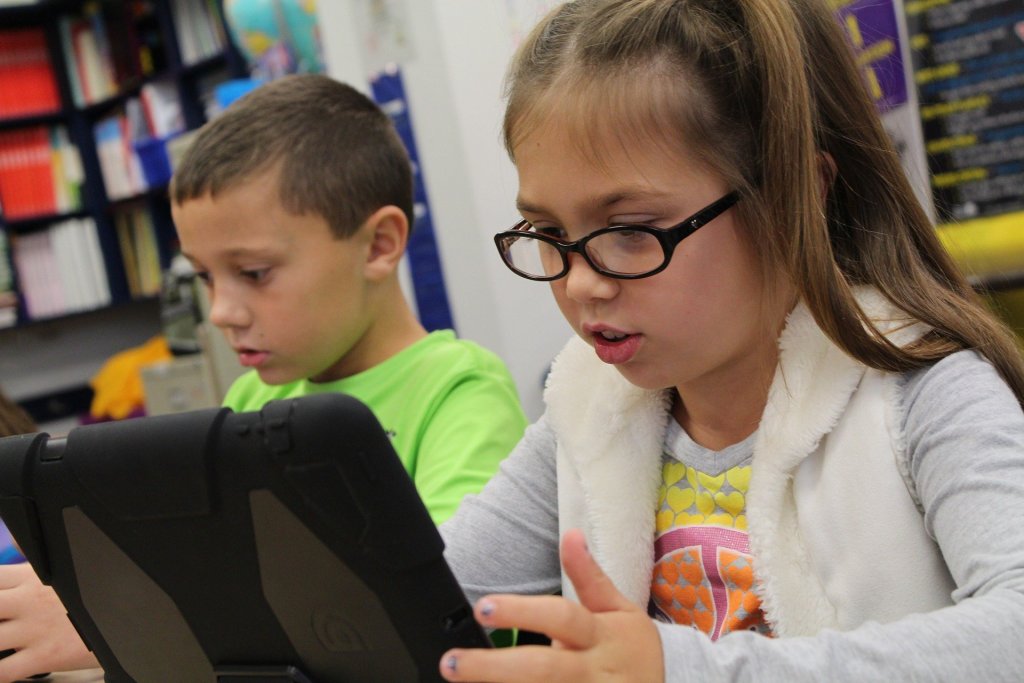How Has UNHS Changed the Education of Deaf and Hard of Hearing Students?

Dr. Bob Harrison’s column for this issue reminds us that 2020 is the 20th anniversary of the approval of the Ontario Infant Hearing Program. We now have 20 years of experience in Ontario to draw from, plus learnings from jurisdictions across Canada that subsequently introduced programs, and from the US. In Ontario, newborn hearing screening was implemented around 2002, so this year also marks another “anniversary” – the first cohort of students identified under the Ontario Infant Hearing Program will graduate from high school in June. Yoshinaga-Itano noted that "universal newborn hearing screening begins as a part of the medical/health system but the outcome is dependent upon the educational system.”1 As audiologists, we can all see how early detection and intervention has produced a paradigmatic shift in the population of students with hearing loss that we see today. Outcomes in virtually every area of language, communication, social skills, and academic achievement are overall, significantly higher and close to (if not commensurate to) students with typical hearing. These changes have arisen many new challenges, questions, and unknowns in the field of education. This month, as our first IHP graduates prepare for their futures in university, college, or in the workplace, I’d like to reflect on some of the new issues in education that have resulted from the overwhelming success of UNHS, starting from kindergarten and working our way up to postsecondary.
Transition from Early Intervention to School
Dr. Janet Jamieson and colleagues at the University of British Columbia have published a number of research studies on working with parents of children with hearing loss, most recently, on challenges in the transition to kindergarten.2,3 Parents of all students entering kindergarten for the first time often feel stressed, anxious and uncertain when their children head off to school for the first time. Poon et al, however, highlight something in the transition from early intervention to school that has changed very significantly since the advent of UNHS, that of educational placement. In the past, when it was more typical for children with hearing loss to enter school with significant speech, language, communication, and social issues related to late diagnosis and intervention, many school boards offered specialized preschool and/or kindergarten classrooms for children with hearing loss.3 “Then,” children with hearing loss were likely transitioning into a classroom taught by a teacher of the deaf and hard of hearing. “Now,” however, it is more typical for children with hearing loss to attend the kindergarten class in their local school, with typical hearing peers. Even if the child with hearing loss has significant language or communication delays, it is increasingly less likely that such programs are available in school boards. In Ontario, at least, it is the case that specialized deaf and hard of hearing programs are available only in the largest school boards (and even these classrooms are closing on a regular basis, there are fewer every year). Therefore, in the 1980s, for example, it was more typical for a student with significant hearing loss to be placed in a specialized deaf and hard of hearing classroom, with fewer than 10 students, taught by a qualified teacher of the deaf and hard of hearing, and usually supported by at least one educational assistant. Today, the same student is far more likely to attend a full-day kindergarten class of 30 or more students ranging from 3 to 5 years old (noise levels can easily be imagined), taught by a classroom teacher with no experience with students with hearing loss, hopefully, supported by an itinerant teacher of the deaf and hard of hearing who has (depending on geography) 100-300 other students on his/her caseload. The research of Jamieson and colleagues provides some clear guidance for how transition into school needs to happen in today's educational context; it is our job to ensure that administrators in early intervention programs and in schools understand these issues so as to provide appropriate services, and to ensure that parents are well supported during this stressful and potentially overwhelming time.

The Problem of Being “A Victim of One’s Own Success”
Back in the day (as I say to my students), students with hearing loss were far more "visible" in the sense that their articulation errors, their delayed language skills, their difficulties in communicating, and their academic challenges were obvious to school staff. The funding model (in Ontario at least), was directly tied to the degree of hearing loss so that students with more severe hearing losses received more funding for special education services. Today, however, given the changes that we see in speech, language, communication and academic achievement, students with hearing loss often present as hearing students to the casual observer. I wrote about this issue in a previous column, entitled “The changing needs of students with severe to profound hearing loss”, but the same problem applies to students with lesser degrees of hearing loss. A principal, for example, might have a conversation with a student in the hallway, and, based on the student’s intelligible speech and adequate conversational language, that the student is fine, and doesn’t much, if anything, in the way of support. In postsecondary education, we are just beginning to see this phenomenon, where students entering postsecondary education who have benefitted from early identification, early intervention, and good supports throughout elementary and secondary school, are not seen as needing support services because they don’t “look deaf” (i.e., are not requesting a sign language interpreter). Postsecondary education, while adhering to the letter of the law in providing services for individuals with disabilities, continues to struggle with implementing support services, particularly in initiatives such as online learning, experiential education (ie an increased focus on co-op placements and community experience as a requirement for coursework) and graduate school (where the learning environment and learning expectations are far different). Once a student graduates from high school, where are his/her support services and community? There is no longer an itinerant teacher of the deaf and hard of hearing available for support, parents have no real say in what happens at postsecondary education (and certainly not in the workplace), and finding a community of peers with hearing loss (ie, not seniors with acquired hearing loss) is difficult.
New Initiatives in Education
In Ontario, there is currently a great deal of strife between teachers and the provincial government regarding a variety of sticking points. One of these is the Ontario government’s intention to require mandatory online learning credits for high school students. In my opinion, this is potentially a disaster in the making, but particularly for students with disabilities, a problem I wrote about in a recent issue of The Conversation, entitled “Ontario’s high school learning still hasn’t addressed students with special needs”.
Experiential education is a real buzzword in education these days, particularly at the postsecondary level. Secondary and postsecondary schools are facing increasing pressure from governments and society in general, to ensure that their graduates can compete in the marketplace, that they have knowledge and skills that are attractive to employers, and that they can obtain jobs. Initiatives such as dual credit courses in high school are increasingly common, where a high school student can take a course from a local college that provides both high school credit and college credit that can be applied at the postsecondary level. This type of initiative provides valuable experience and opportunity for high school students, but for students with disabilities, it is not clear where the responsibility lies for ensuring that the student has adequate and appropriate accommodations in the college course.
Universal newborn hearing screening programs have changed the landscape for children with hearing loss in ways that continue to resonate. I think that those of us who were in practice prior to the implementation of UNHS sometimes continue to be amazed when we interact with today's children with hearing loss. However, we cannot rest on our laurels and assume that our work is done and that children with hearing loss can go off into the sunset after leaving the Infant Hearing Program nest; we need to continue to support students and parents into adolescent and adulthood.
References
- Yoshinaga-Itano C. Levels of evidence: universal newborn hearing screening (UNHS) and early hearing detection and intervention systems (EHDI). J Communicat Disord 2004;37(5):451–65.
- Curle D, Jamieson J, Buchanan M, et al. The transition from early intervention to school for children who are deaf or hard of hearing: Administrator perspectives. J Deaf Studies Deaf Educat 2016;1–10.
- Poon BT, Jamieson JR, Zaidman-Zait A, et al. The transition from early intervention to school for deaf and hard-of-hearing children. Diversity Deaf Educat 2016;49–75.

